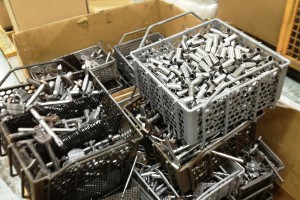 When making a custom metal basket for any number of applications, there are countless factors that have to be taken into account. From the grade of steel used to make the basket to the spacing of the wires in a wire mesh basket, every detail of a basket’s design has to be carefully considered and controlled to ensure a top quality basket.
When making a custom metal basket for any number of applications, there are countless factors that have to be taken into account. From the grade of steel used to make the basket to the spacing of the wires in a wire mesh basket, every detail of a basket’s design has to be carefully considered and controlled to ensure a top quality basket.
In many basket applications, the presence of burrs and sharps can be an enormous problem, particularly in applications where the basket will be manually handled or used to hold ultra-delicate parts where scratches cannot be tolerated.
So, how does Marlin Steel handle the issue of burrs and sharps when making custom parts washing or materials handling baskets? There are two primary methods by which Marlin Steel deals with burrs and sharps:
-
Prevention
-
Removal
Preventing Burrs and Sharps
 Burrs and sharps are deformities that occur in a metal form as a side effect of some other process, such as a weld or a cut. When manually working metal, these deformities can be very difficult to avoid, as slower manual welding techniques cause more heat stress to metal and manually shaping and cutting metal tends to be much less precise than using automation.
Burrs and sharps are deformities that occur in a metal form as a side effect of some other process, such as a weld or a cut. When manually working metal, these deformities can be very difficult to avoid, as slower manual welding techniques cause more heat stress to metal and manually shaping and cutting metal tends to be much less precise than using automation.
To reduce the number of burrs and sharps in custom metal forms, Marlin Steel employs advanced factory automation, such as a medium frequency direct current welder. This welding machine can complete a weld in two milliseconds, thirty times faster than a standard welding machine. By minimizing the weld time, there is less of a chance for the metal to deform, preventing sharps and burrs.
Another piece of technology used to prevent sharps is a Rouselle 8SS40 Straight Side Press. This machine can stamp, swage, pierce, coin, and trim wire forms without the need for secondary operations to deburr the wire form.
In short, the use of specialized manufacturing technology can be a very effective way to minimize the occurrence of burrs and sharps in metal forms where the surface condition of the product is important. However, what about those few burrs or sharps that might still occur?
Removing Surface Deformities
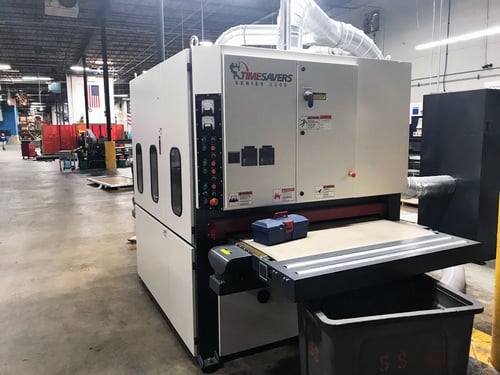
To make sure that finished metal forms are free of potentially harmful deformities, such parts are put through a deburring process to grind down sharps and burrs. There are several ways to accomplish this, including:
-
Manual Grinding. In this method, a worker takes a grinder or sander directly to any sharps or burrs he or she may see on the finished product. The primary drawbacks here are that this process is very labor-intensive, slow, and inaccurate, with many burrs going unnoticed.
-
Automated Deburring. Using a machine such as the Bütfering wide wet belt sander, parts are ground down to provide a smooth, even surface. The advantages of using automated deburring equipment is that this tends to be much faster than manually processing metal forms, and these machines will consistently hit all of the same points on every part.
-
Electropolishing. For when every microscopic imperfection absolutely must go. If, after other deburring methods have been employed, there are still some small imperfections in the surface finish of a custom metal form, electropolishing can be used to strip away miniscule imperfections. This leaves a metal form as smooth as possible, assuming the burrs or sharps were not excessively large to begin with.
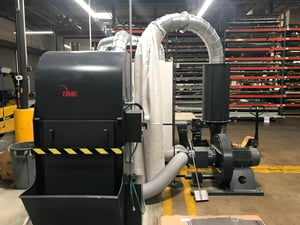 Automated deburring and electropolishing are the primary ways in which Marlin Steel deals with burrs, sharps, and other surface flaws in a metal form.
Automated deburring and electropolishing are the primary ways in which Marlin Steel deals with burrs, sharps, and other surface flaws in a metal form.
However, some manufacturers might try to rely on one other method of dealing with burrs or sharps: covering them up with a soft coating such as thick PVC. While this can protect parts or a worker’s hands from coming into direct contact with a burr or sharp, there are a few problems with this method.
First, if the burr or sharp isn’t dulled at all, it can cut through some softer coating materials, basically eliminating their value as a means of protecting delicate parts from metal on surface contact.
Second, the coating can only cover up defects on surfaces that are supposed to be coated. For example, if the handles of a metal basket are not going to be coated, then any sharps on the handles will not be remediated.
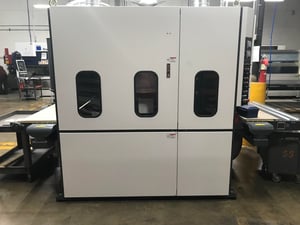 Finally, not all coatings are soft. Many coatings that get applied to a custom basket are meant to improve the basket’s chemical resistance or make the surface non-stick so that debris from a wash process rinses off more easily. Thin, hard coatings of such materials do little to remediate a sharp or burr.
Finally, not all coatings are soft. Many coatings that get applied to a custom basket are meant to improve the basket’s chemical resistance or make the surface non-stick so that debris from a wash process rinses off more easily. Thin, hard coatings of such materials do little to remediate a sharp or burr.
This is why it’s important to deburr a custom parts washing or materials handling basket before applying a coating.
Learn more about how Marlin Steel delivers quality, engineered quick today. For help with a custom wire or sheet metal form order, contact us.


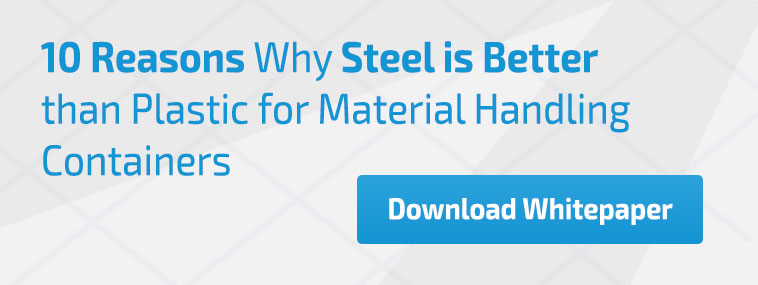
.gif)


